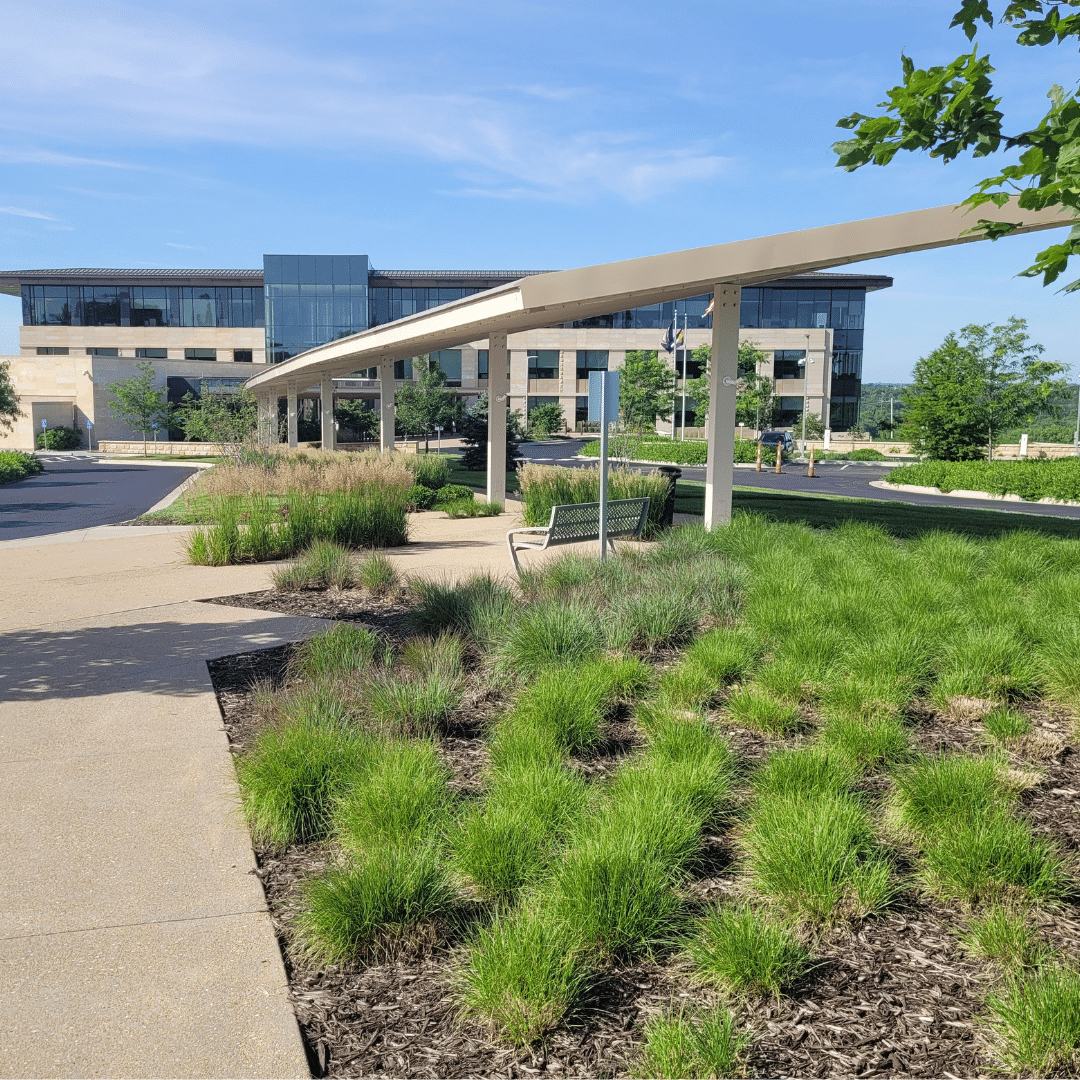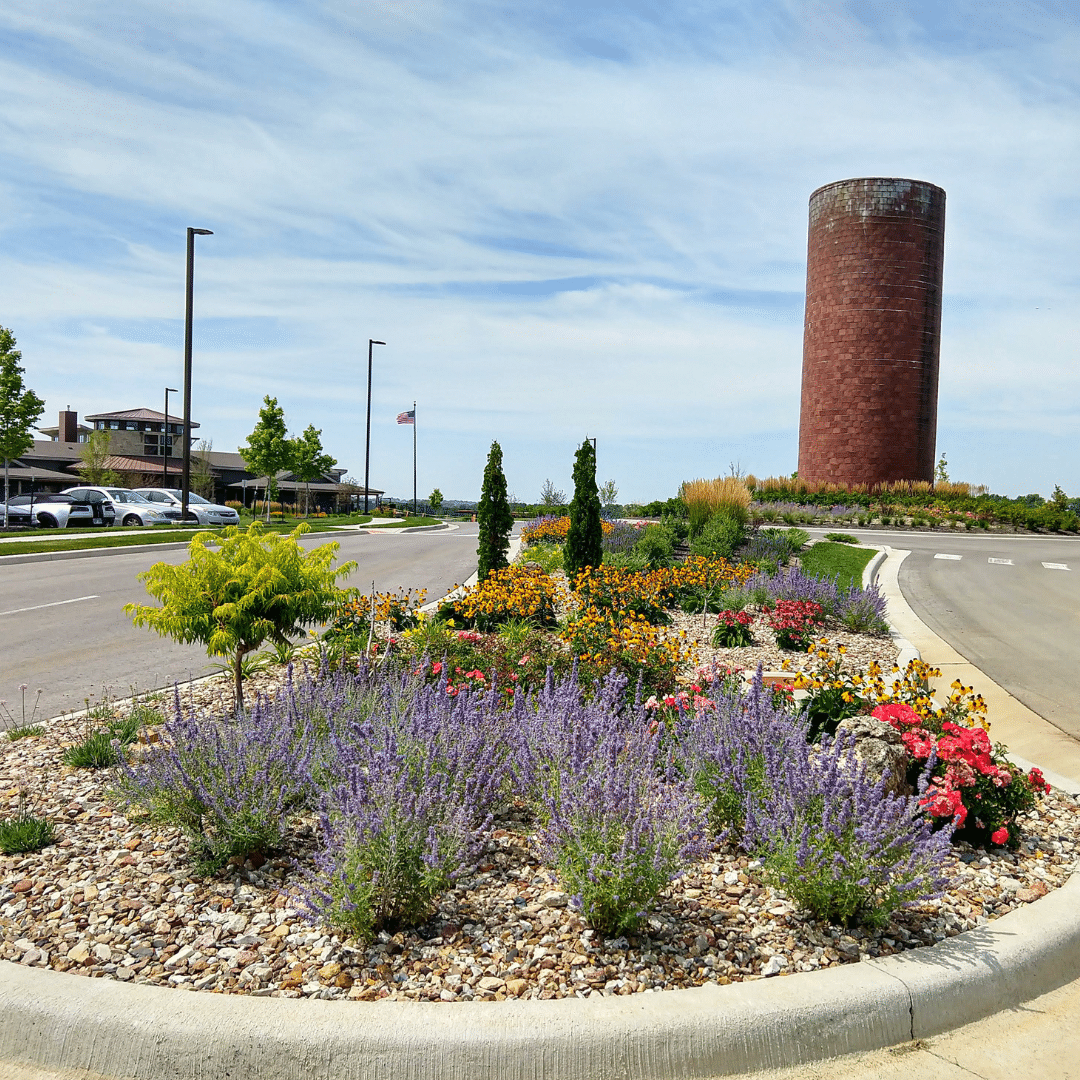Sustainability has become a buzzword in recent years, and for good reason. As we become more aware of our impact on the environment, it’s crucial that we take steps to reduce our carbon footprint and preserve our natural resources.
One area where sustainability can have a significant impact is in site design. By collaborating with landscape architects, we can create solutions that not only benefit the environment but also enhance the overall design and functionality of a site.
In this article, we will explore the importance of collaboration with landscape architects and how it can lead to a more environmentally friendly and aesthetically pleasing outcome.
Reducing Environmental Impact
In site design, collaboration among architects, engineers, and landscape architects is crucial. This partnership not only minimizes environmental impact but also enriches the built environment by harmonizing with the surrounding landscape.
Traditional site design practices can harm the environment. This harm is caused by pollution, deforestation, and other negative effects. These effects are a result of material use and disruption of natural systems.
By collaborating with landscape architects, we can minimize the environmental impact of site development. Landscape architects are trained to consider the natural systems and resources of a site and find ways to work with them rather than against them. This can lead to a more sustainable and environmentally friendly design.
Enhancing Aesthetics and Functionality
Collaborating with landscape architects leads to a more visually appealing and functional site. Landscape architects are experts in creating aesthetically beautiful and functional outdoor spaces, and their input can greatly enhance the overall design of a site. Landscape architects analyze a site by considering the history of a site, environmental factors, natural systems, and the surrounding built environment.
By consolidating the analysis and incorporating sustainable practices into the design, landscape architects improve the functionality of a site. This occurs through appropriate building siting, using native plants in the landscape to save water and money and incorporating green infrastructure such as pervious paver or roof gardens. These aesthetic and functional design considerations offer enhancements to every site.
Meeting Regulatory Requirements
In many cases, sustainable site design is not just a choice, but a requirement. Many cities have regulations in place that require new developments to meet certain sustainability standards.
By collaborating with landscape architects, you can ensure that your site design meets these requirements and avoid any potential delays or fines. Landscape architects are well-versed in these regulations and can help you navigate them to create a compliant and sustainable design.
How Can Landscape Architects Enhance Sustainability?
Landscape architects have a unique set of skills and knowledge that can greatly enhance the sustainability of a site. Here are some ways they can contribute to sustainable site design collaboration.
Natural Systems
One of the key principles of sustainable site design is working with the natural systems of a site rather than against them. Features like green roofs and permeable pavements reduce the urban heat island effect and mitigate flooding. Landscape architects are trained to understand and work with these systems, such as water flow, soil composition, and plant life.
Landscape architects can use natural systems in design to reduce artificial interventions and make sites more resilient. Additionally, these designs provide spaces that stimulate the human senses, fostering a deeper connection with the natural world.
Using Sustainable Materials
Another way landscape architects can enhance sustainability is through the materials in their designs. This includes materials that are locally sourced, recycled, or have a low environmental impact.
By using sustainable materials, landscape architects can reduce the carbon footprint of a site and contribute to a more environmentally friendly design.
Promoting Biodiversity
Biodiversity is crucial for the health of our planet. Landscape architects can play a significant role in promoting it through site design. By including native plants and creating habitats for wildlife, landscape architects can help increase biodiversity on a site.
This not only benefits the environment but also adds to the aesthetic appeal of a site.
Who Is Responsible for Sustainable Site Design Collaboration?
Sustainable site design collaboration is a team effort, and it’s essential to have the right people involved. Landscape architects are typically responsible for the design and implementation of sustainable site practices and working together with architects and engineers ensures the structural integrity of the site.
Also crucial to design collaboration are the stakeholders, such as developers and community members. Engaging them and receiving their feedback ensures the design meets the needs and goals of all parties involved.
How Can I Incorporate Sustainable Site Design Collaboration?
If you’re embarking on a new development project, it’s crucial to involve landscape architects from the beginning. They can work with you to create a sustainable site design that meets your goals and complies with regulations.
Here are some steps you can take to incorporate sustainable site design collaboration into your project:
Start Early
The earlier you involve landscape architects in the design process, the better. This allows them to provide input and make suggestions that can greatly enhance the site.
Early engagement with a landscape architect transcends traditional design boundaries. They tell stories about the land, exploring its history, geography, and ecosystems to guide and motivate the design process. By identifying natural systems and integrating sustainable solutions like bioswales and native vegetation, they enhance biodiversity and support local ecosystems.
Consider the Long-Term Impact
Sustainable site design is not just about the present, but also about the future. Consider the long-term impact of your design and how it can contribute to a more resilient environment.
Takeaways
Site design collaboration with landscape architects is crucial for reducing environmental impact, enhancing aesthetics and functionality, and meeting regulatory requirements. By integrating sustainable practices and principles into site designs, we can create a more environmentally friendly and visually appealing environment.
To ensure successful collaboration, it’s essential to involve landscape architects from the beginning and communicate effectively with all parties involved. By working together, we can create sustainable solutions that benefit both the environment and our communities.

Joy Rhea PLA
Joy is an experienced Landscape Architect with 20 years of experience and a demonstrated history of working in the architecture and planning industry. She is skilled at working with clients, consultants, and city staff to move projects forward through the planning, design review, and approval process. Joy enjoys taking a project and problem solving all aspects of the design from concepts to the best layout of all parts of the project, which includes problem-solving everything from locating a building to grading, drainage, parking, fire access, utility routing, stormwater routing, and plant selection. She has experience in many types of projects, including retail sites, restaurants, retirement centers, single family subdivisions, multi-family sites, infill development, parks and recreation facilities, medical facilities, car dealerships, industrial sites, and many other projects.

Joy Rhea PLA
Joy is an experienced Landscape Architect with 20 years of experience and a demonstrated history of working in the architecture and planning industry. She is skilled at working with clients, consultants, and city staff to move projects forward through the planning, design review, and approval process. Joy enjoys taking a project and problem solving all aspects of the design from concepts to the best layout of all parts of the project, which includes problem-solving everything from locating a building to grading, drainage, parking, fire access, utility routing, stormwater routing, and plant selection. She has experience in many types of projects, including retail sites, restaurants, retirement centers, single family subdivisions, multi-family sites, infill development, parks and recreation facilities, medical facilities, car dealerships, industrial sites, and many other projects.
Learn More
Learn more about McClure’s Landscape Architecture services or contact us at info@mcclurevision.com.



















